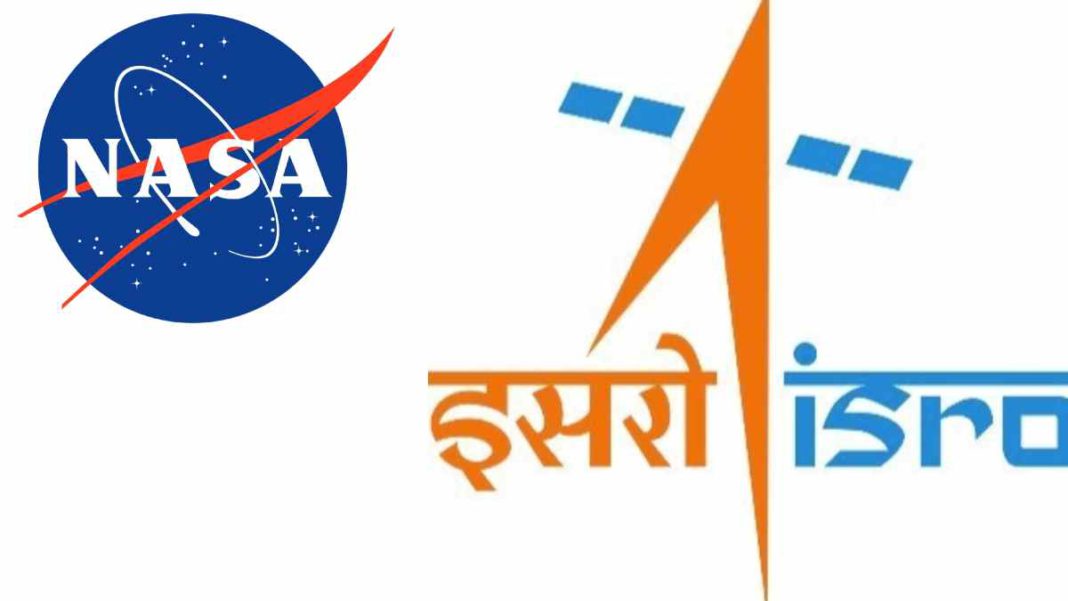INDIA: Currently, NASA is the world’s leading space agency in terms of technology, achievement, and trust, but ISRO will beat NASA in the long run. Here is why:
NASA was founded on July 29, 1958, and ISRO was founded on August 15, 1969; NASA already had a solid 11 years of experience and expertise and also landed humans on the moon before even ISRO started.
ISRO launched their first spacecraft, Aryabhata, in 1975, which made the year gap between NASA and ISRO even wider.
Also, Aryabhata was launched on a Soviet rocket, so ISRO did not even have their first launch vehicle when NASA had plenty of them.
That being said, we are trying to tell you that there isn’t any direct comparison between NASA and ISRO; ISRO was just a newborn kid when NASA was an adult. But if given the right amount of funding and time, ISRO will beat NASA in the long run.
Let us compare NASA and ISRO to see what we are trying to convey. The average annual budget of NASA is $24 billion (2400 crore).
In contrast, the average yearly budget of ISRO is only USD 1.5 billion (150 crore), which means NASA roughly receives 24 times the amount of ISRO.
NASA’s first successful Mars orbiter, Mariner 9, had a budget of USD 137 million, which is around 1029 crores in Indian rupees, contrary to ISRO’s Mars orbiter mission, Mangalyaan, which succeeded with only a budget of 450 crores in its very first attempt.
ISRO did the same thing, but economically. To give you an idea, Bollywood films like Adipurush, Ponniyin Selvan, Robot 2.0, and RRR all had a budget of more than 500 crores, and ISRO sent a rover 54.6 million kilometres away for less than 500 crores.
NASA has a workforce of more than 18k employees, and ISRO has close to 17k workers, so there is a more than 1k employee difference, making ISRO more efficient.
Also, the total cost of NASA’s lunar orbiter, the Lunar Reconnaissance Orbiter (LRO) mission, was $580 million (4,331 INR). This includes the cost of the spacecraft, the launch vehicle, and the ground system.
The mission is expected to operate for at least ten years, and the total cost of operations is estimated to be $100 million.
Now look at the ISRO’s Chandryaan-1 budget; the mission had a budget of 386 crores (US$56 million), which is way less than NASA’s LRO.
We know the LRO mission is expected to operate for at least ten years, and Chandrayaan’s duration was only ten months. Still, the total cost of operations also gets added to LRO, estimated at $100 million. This, again, makes ISRO far more efficient and economical.
We actually have to be very efficient and economical if we want interplanetary travel to be a reality. It is an undeniable fact that one day humans will have to travel to another planet to keep our existence alive, and this type of healthy competition between space sectors will actually be beneficial for us (although NASA and ISRO are by no means rivals; in fact, they have collaborated on several missions).
NASA has a broader mandate, with a focus on international space exploration, science, and technology, and therefore its annual budget is significantly higher than ISRO’s, while ISRO primarily focuses on domestic space programmes.
ISRO is a young space agency that has made significant progress quickly. ISRO is now one of the leading space agencies in the world, and it is poised to make even more extraordinary achievements in the years to come.
The success of ISRO’s upcoming missions, Chandrayaan-3, Aditya L1, and Gaganyaan, will highly predict the agency’s calibre. NASA is also planning a vast mission called Artemis, whose ultimate plan is to send humans to the moon again.
If ISRO’s plan to land a man on the moon succeeds with a lesser budget than ARTEMIS, it will, without any doubt, become the most powerful space sector in the world.
Also Read: ISRO to Make History with Back-to-Back Moon and Sun Missions in July



